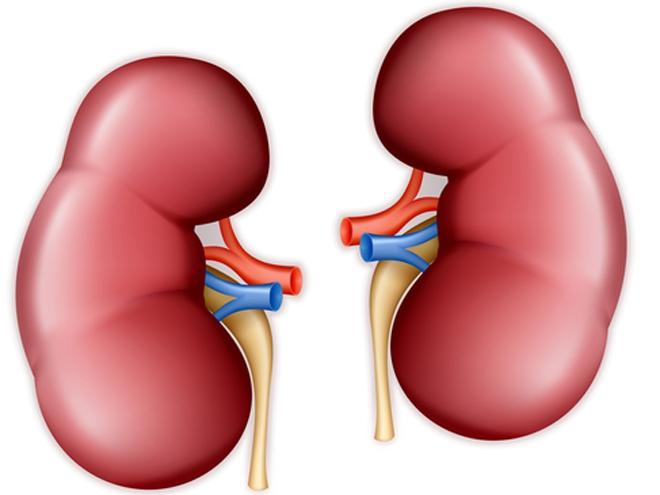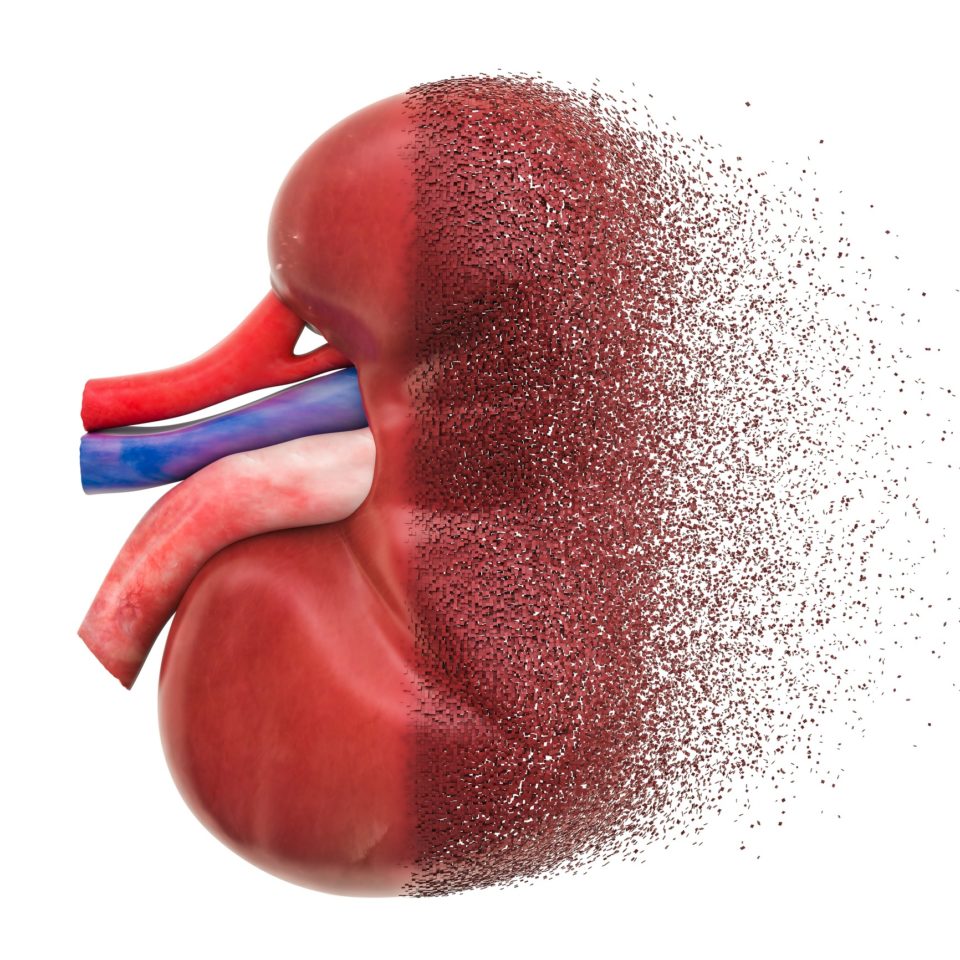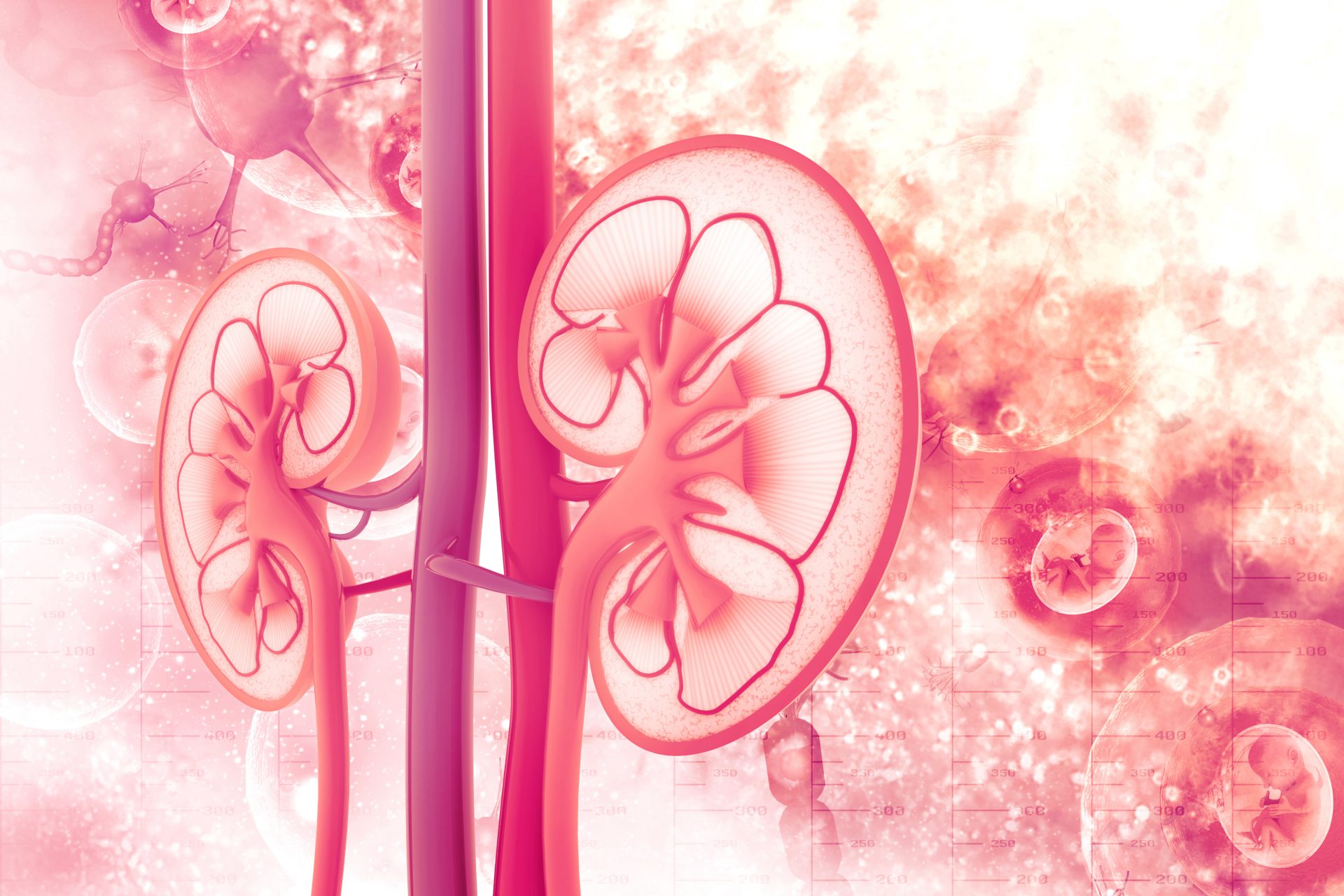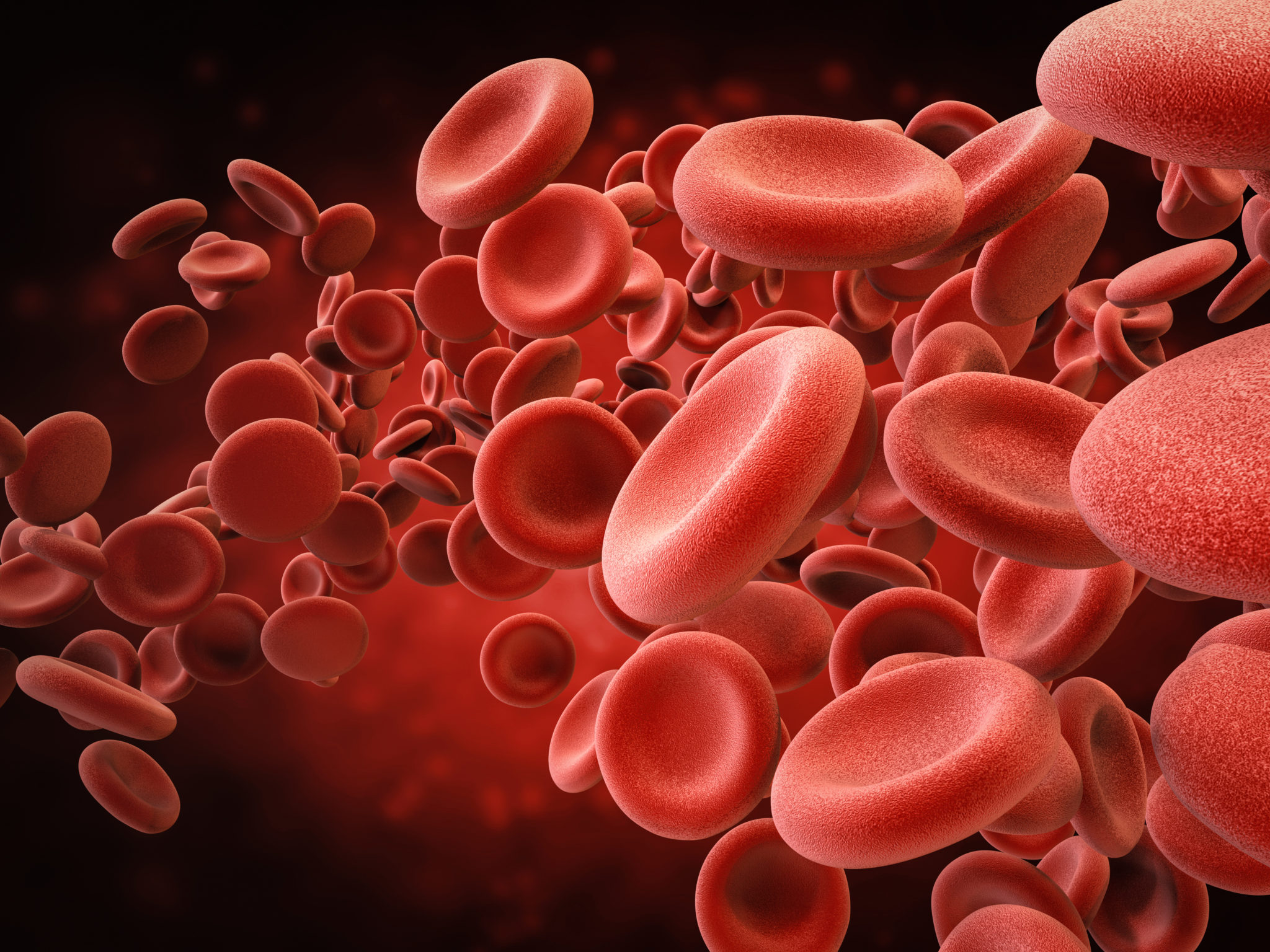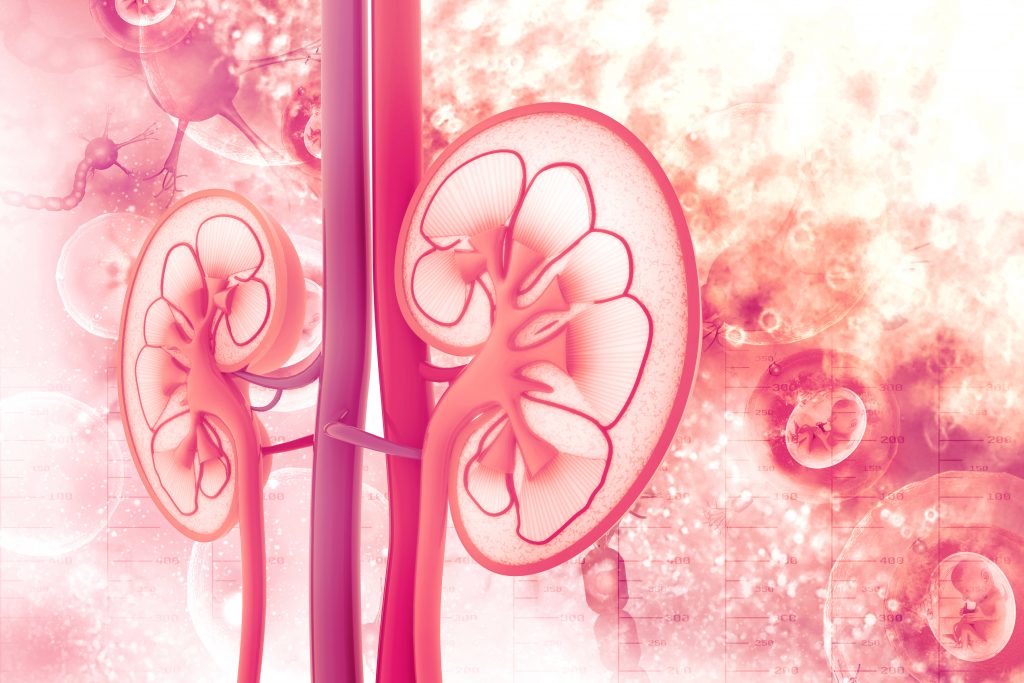In many patients with end-stage kidney disease, uremic pruritus is a recurrent and burdensome condition. Pruritus results from multiple factors, primarily metabolic factors and complement activation with interleukins. Muhammad Sohaib Asghar, MD, and colleagues conduced a cross-sectional study to identify associated factors of uremic pruritus in patients with chronic kidney disease (CKD) receiving hemodialysis. The researchers also sought to determine cut-off values of markers predicting pruritus.
The study was conducted in the nephrology department of a tertiary care hospital and included 135 patients. The current occurrence of pruritus was diagnosed using a validated and reliable scale of pruritus among patients with CKD in the local language. The study objectives were assessed using multivariate logistic regression and receiver operating characteristic analysis.
Mean age of the study cohort was 56.29 years, and 56.3% were male. The most common comorbidity was hypertension (75.6%), followed by diabetes (51.9%). Mean body mass index was 26.55 kg/m2, mean duration of CKD diagnosis was 6.58 years, and mean time since initiation of hemodialysis was 3.32 years.
Pruritus was reported in 37% of the study participants. In multivariate logistic regression analysis, there were significant associations between pruritus and the presence of a skin allergy (adjusted odds ratio [aOR], 8.100; 95% confidence interval [CI], 2.926-22.420); P<.001); phosphate >4.5 mg/dL (aOR, 3.889; 95% CI, 1.118-15.532; P=.033); female sex (aOR, 3.592; 95% CI, 1.337-9.655; P=.011); albumin <3.5 g/dL (aOR, 2.987; 95% CI, 1.156-7.716; P=.024), and potassium >5.1 mEq/L (aOR, 2.934; 95% CI, 1.030-8.355; P=.044).
In summary, the authors said, “Many factors were linked to pruritus in hemodialysis patients in the current study. The current study also significantly correlated certain factors with pruritus independently.”


